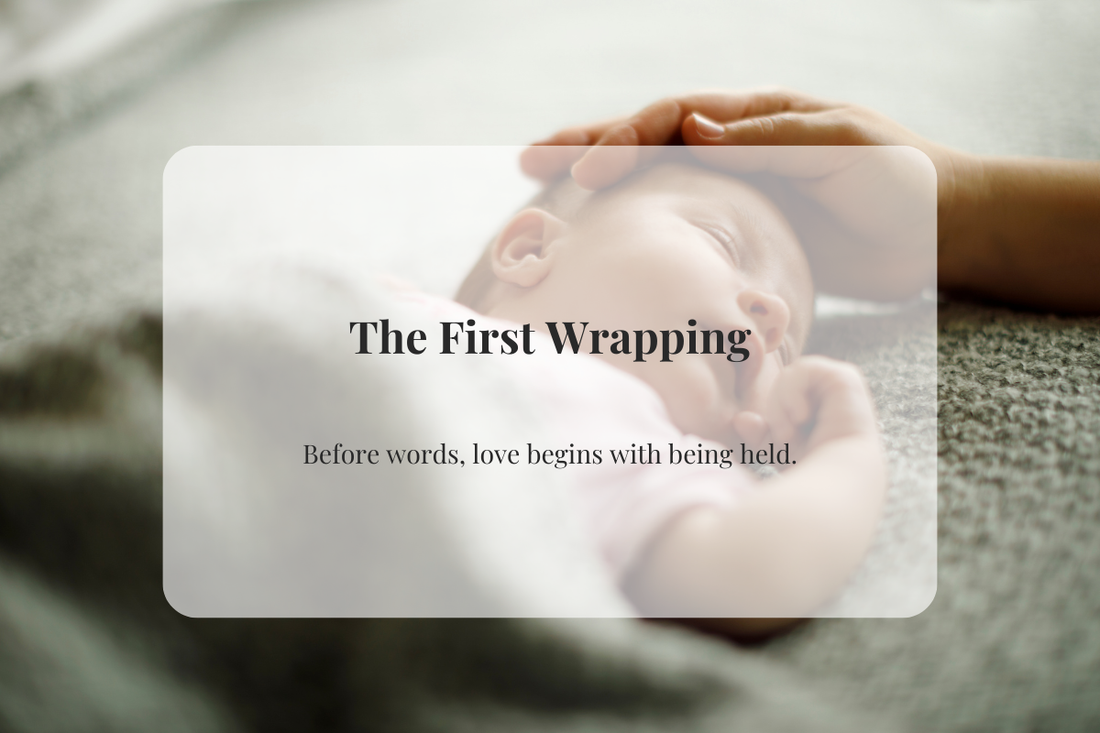
Why Do We Wrap?
The Heart Taught by the Furoshiki
We are all born naked.
But even before birth, we are already wrapped.
Inside our mother’s womb, we are protected and held by her body and by the gentle water of life.
The Japanese character for tsutsumu (to wrap) is said to depict that image—a mother embracing her unborn child.
The idea of wrapping begins there, in the heart of protection and warmth.
When a baby is born, it feels the touch of the world for the first time.
At that same moment, gentle hands cover it with a cloth.
This is the first wrapping of life, filled with love and the wish to protect, to warm, to nurture.
And when life comes to an end, we are wrapped once again.
In the cloth or garments we cherished, we are softly enclosed and returned to rest.
This final wrapping holds the story of how we lived.
From beginning to end, the act of wrapping lives alongside the human heart.
The furoshiki gives form to this timeless spirit.
When we take the time to wrap and tie it, that small gesture carries meaning—
a moment to think of others, to slow down, to reconnect with the world around us.
A furoshiki is a cloth that can be used again and again.
But its value is not only in reuse.
It teaches us how to hold care in our hands, to express kindness through simple actions.
When we wrap something by hand, we remember what it means to protect and cherish.
In that moment, we may feel a quiet peace—like the warmth of being held once before.
The furoshiki reminds us of the beauty of wrapping.
And I wish to continue sharing this gentle heart that lives in Japanese culture.
